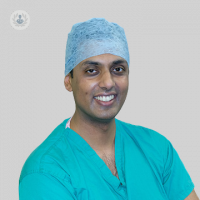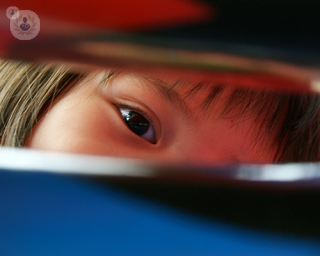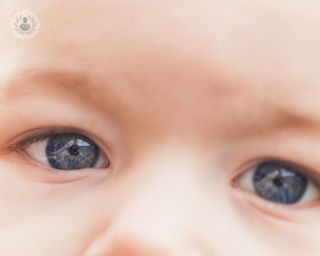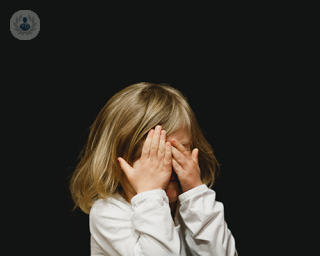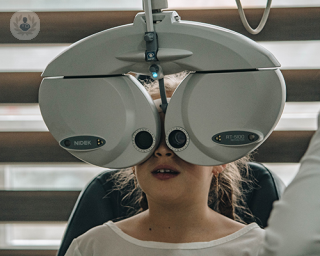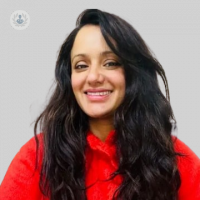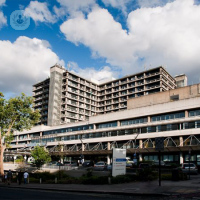Amblyopia
Mr Imran Jawaid - Ophthalmology
Created on: 11-13-2012
Updated on: 01-19-2024
Edited by: Sophie Kennedy
What is a amblyopia?
Amblyopia, also known as a lazy eye, is a common sight disorder where vision is decreased, usually in one eye, but occasionally in both eyes. Glasses and contact lenses do not improve the vision. In amblyopia, the eye suffers reduced vision because the brain does not fully use the information coming from one or both eyes.
Amblyopia always begins in childhood and can only be corrected up to the age of 6-8 years. Later treatment can sometimes improve the vision slightly.
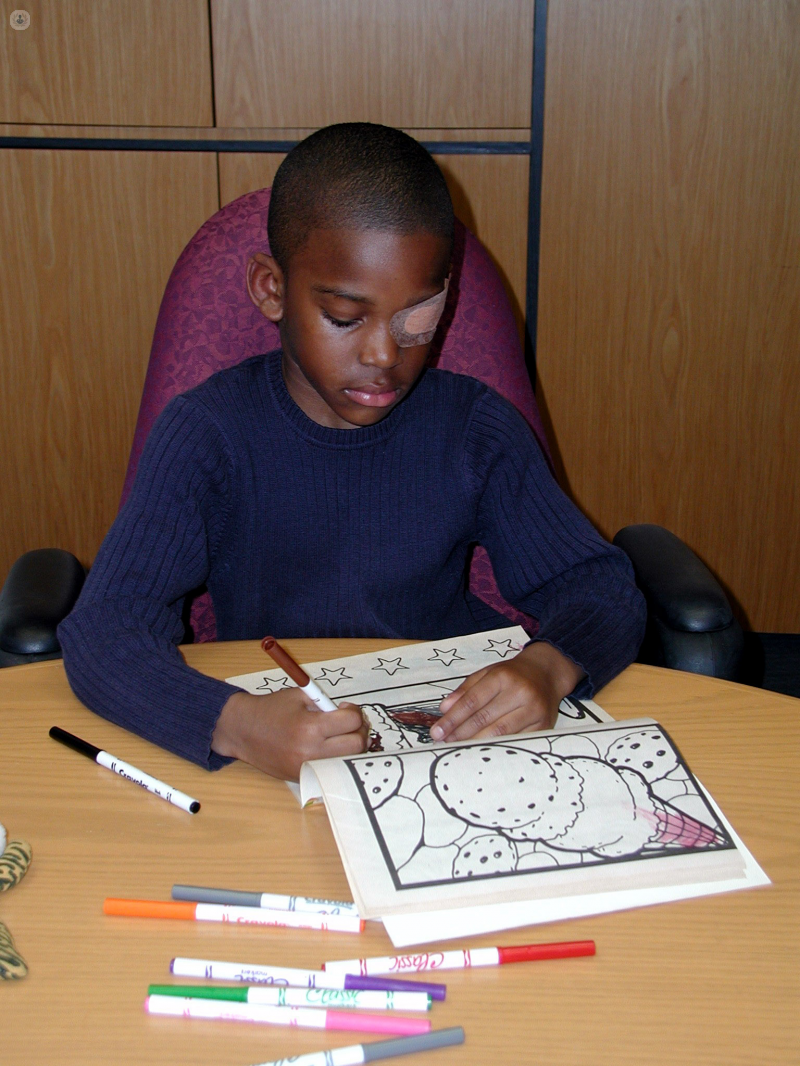
What are the symptoms of amblyopia?
Many children are unaware that there is a problem with their vision. If amblyopia is not detected during a screening programme, children often only become aware of the issue at the age of 10-15 years.
The two main symptoms of amblyopia are:
- a difference in glasses prescription between the two eyes
- a misalignment of the eyes (strabismus)
Rare symptoms can include defects in eye development, such as cataracts (clouding of the crystalline lens) from birth.
Causes of a lazy eye
When the vision in one eye is out of focus, the brain begins to prefer the eye that sends an image that is sharper and more focused. Over time, the brain allocates more space to processing information from the eye with sharper vision.
If the eyes are not aligned (strabismus), the brain begins to prefer and allocate more space to the eye that is usually straight.
In the rare case of cataracts, the image is very poor because of the cloudy lens, and the brain does not receive sufficient information to develop high resolution.
Can a lazy eye be prevented?
All children should have a vision assessment at the age of 4-5 years. In many areas, there is a school vision screening programme for reception class children. If the school does not take part in a screening programme, parents/carers should arrange a sight test for their child.
What is the treatment for amblyopia?
If the amblyopia is a result of an underlying cause such as a cataract, long-sightedness, short-sightedness, or astigmatism, this needs to be addressed first.
In the common form of amblyopia, this means treatment starts by wearing glasses to create a sharp and focused image in both eyes. The eyesight then needs to be checked by a professional every 2-4 months.
If glasses do not normalise the sight in the weaker eye, additional treatments are needed such as patching of the stronger eye for 2-6 hours per day, or blurring eyedrops for the stronger eye.
Treatment continues until the vision is optimal, and patching or drops can then gradually be reduced. Regular monitoring continues until the eyesight is stable without further treatment.
